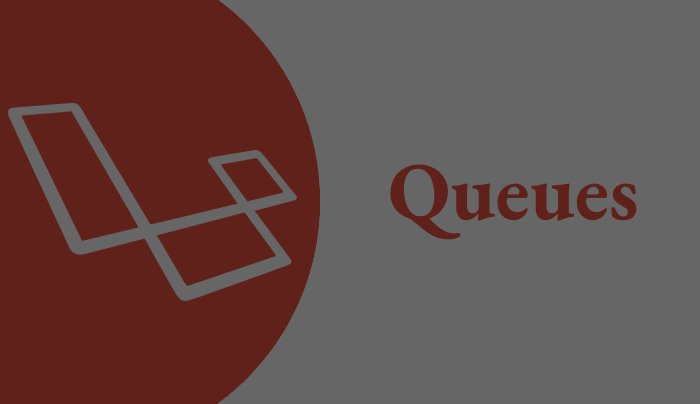Frontend vs Backend
The Battle Between Frontend and Backend: Which One Rules the Roost?
When it comes to the realm of web development, two fundamental pillars emerge: Frontend and Backend. Both sides have their distinct responsibilities, challenges, and capabilities. As we delve into this enigmatic landscape, let's take a closer look at each domain, uncovering their intricacies, and ultimately determining which one reigns supreme.
Frontend:
The Frontend is the graphical interface that users interact with when visiting a website. It encompasses all the elements and functionalities that a user sees and can access. In the Frontend arena, the two most prominent programming languages are:
- HTML (Hypertext Markup Language) : This is the standard markup language for creating web pages. HTML is essential for building the structure and layout of a website.
- CSS (Cascading Style Sheets) : This is a stylesheet language used for describing the look and formatting of a document written in HTML. CSS allows developers to create visually appealing web pages.
The Frontend's domain also extends to more complex realms, such as:
- JavaScript : This versatile programming language is often used for client-side web development, allowing developers to add dynamic functionality to their web pages.
- Frameworks and Libraries : Popular frameworks and libraries like React, Angular, and Vue.js are widely used to simplify and expedite the process of building scalable and interactive Frontend applications.
Despite its challenges, the Frontend boasts an impressive arsenal of capabilities and resources. The key to the Frontend's dominance lies in its ability to create a captivating and user-friendly interface that seamlessly integrates with the Backend's data processing capabilities.
Backend:
The Backend is responsible for processing, managing, and delivering data to the Frontend. This is where most of the heavy lifting occurs, such as retrieving data from databases, performing calculations, and processing complex business logic. There are many programming languages in the Backend realm such as:
- Node.js : Node.js is an open-source, cross-platform runtime environment for JavaScript. It allows developers to run JavaScript code on the server side, which is typically considered a client-side language.
- C# : a powerful and versatile programming language. It was created by Microsoft as a part of the .NET framework.
- Python : Python is an easy-to-read and widely-used programming language. It has a large standard library, which simplifies the task of integrating Python with other software.
- Java : Java is a versatile, high-level programming language. It was created by Sun Microsystems, and later acquired by Oracle. Java is platform-independent and is used in web applications, mobile applications, and enterprise applications.
- PHP : PHP (Hypertext Preprocessor) is a widely-used open-source scripting language. It executes within the context of web applications written in the HTML/CSS/JavaScript format.
- Ruby : Ruby is a dynamic, open-source programming language with a focus on simplicity and readability. It was created by Yukihiro Matsumoto.
The Backend's domain also includes a variety of tools, libraries, and frameworks that enhance its functionality, such as:
- Databases : SQL databases like MySQL, PostgreSQL, and Microsoft SQL Server are commonly used to store and manage data.
- RESTful APIs : RESTful APIs allow different parts of an application to communicate with each other by sending and receiving HTTP requests.
- Authentication and Authorization : These mechanisms are essential for securing the application and managing user access to different parts of the system.
The Backend's robust capabilities enable it to efficiently manage data, execute complex operations, and securely transmit data to the Frontend. This synergy allows the Backend to function as the crucial powerhouse behind the web application, orchestrating its operations and ensuring its stability and security.
The Final Showdown: Frontend vs Backend
So, which one rules the roost? Is it the Frontend with its dazzling array of visuals and interactivity, or the Backend with its unfaltering processing power and data management capabilities?
Ultimately, the Frontend and Backend are indispensable partners in the world of web development. They work in tandem, each complementing the other's strengths and bridging the gap between user experience and system functionality. The Frontend excels in creating engaging and aesthetically pleasing user interfaces, while the Backend focuses on efficiently managing and processing data. The key to a successful web application lies in their ability to harmoniously collaborate, combining the creativity of the Frontend with the computational prowess of the Backend to deliver an exceptional user experience.
Conclusion
While the Frontend and Backend each have their unique attributes and roles to play, it is the seamless integration of these domains that truly dictates the outcome. Together, they weave an intricate tapestry of visuals, functionality, and data processing, ultimately crafting the foundation of an extraordinary web experience. Remember, when it comes to the web development universe, it's all about teamwork. So, raise your hands and cheer for a job well done.
Recent Posts
.jpg)

.jpg)
.jpg)
.jpg)
.jpg)
.jpg)

 (1).jpg)
.jpg)